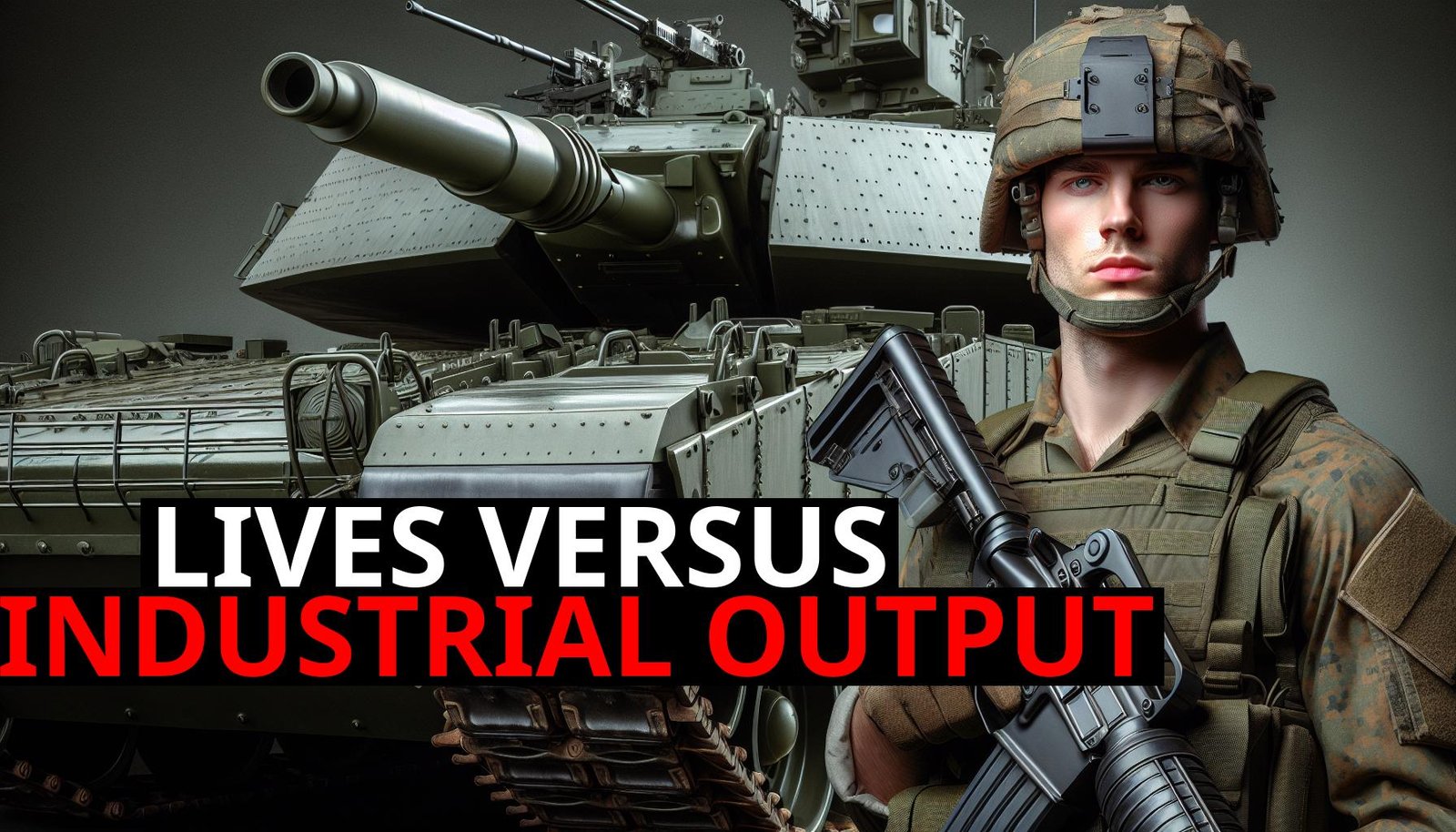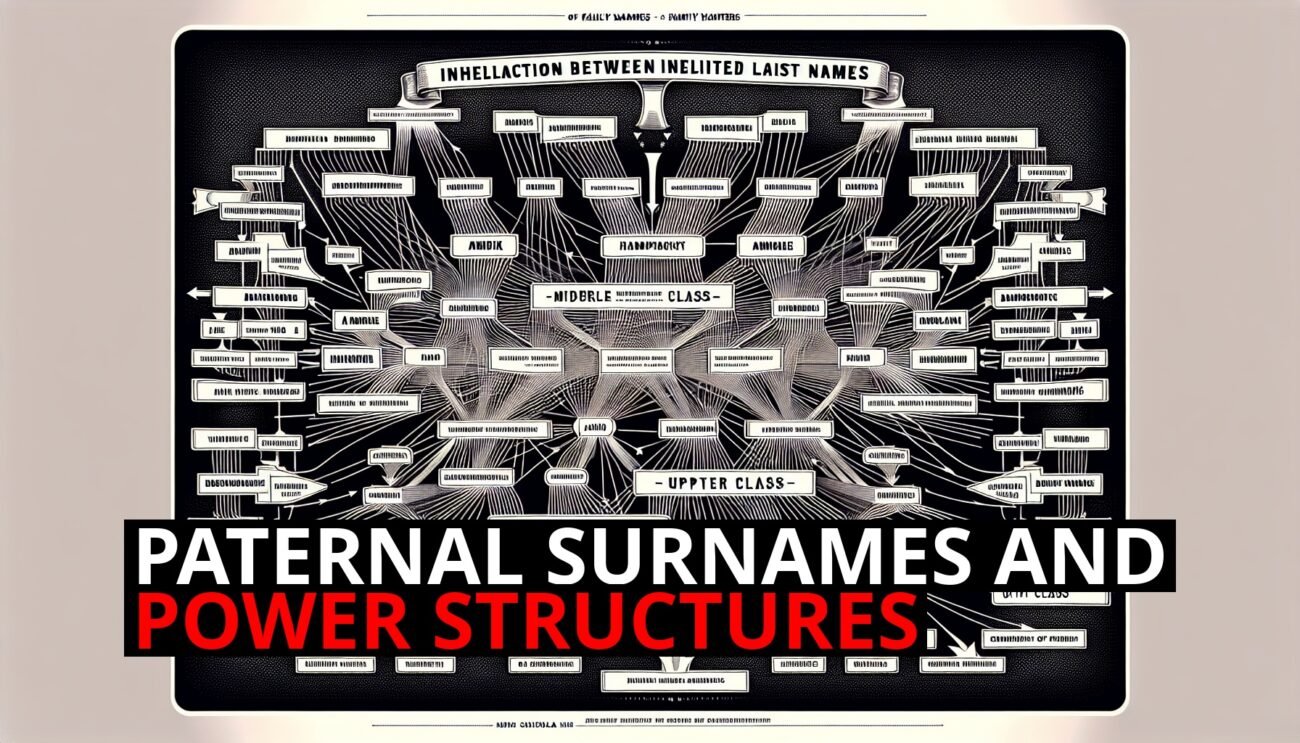The Ineffectiveness Of Infantry Anti-Tank Weapons
In military strategy, there is a common misconception that infantry anti-tank weapons (ATGMs) are a cost-effective solution to counter armored units. However, this approach has significant hidden costs, primarily in human casualties. Let’s explore why relying on infantry with ATGMs or similar weapons results in greater human losses and why this strategy is a losing proposition in industrialized warfare.
Disparity In Protection And Survivability
Equipping infantry with ATGMs might seem economical, but this strategy exposes infantry to significant risks:
– Exposure to Counter-Fire: When infantry engages tanks, they are vulnerable to retaliation from the tank and its supporting units. Modern tanks have advanced targeting systems and heavy firepower, making them formidable opponents.
– Vulnerability of Infantry: Tanks are designed to withstand significant damage and protect their crews, who often survive even if the tank is disabled. Infantry units, however, are much more susceptible to casualties from counter-attacks.
Hidden Human Costs
The use of infantry to target tanks leads to:
– High Human Casualties: A single counter-attack can result in multiple infantry casualties, trading human lives for the attempt to disable a tank.
– Long-Term Financial Burdens: Wounded soldiers require extensive medical care and disability support, and the emotional toll on families and communities is significant.
– Economic Impact: Trained soldiers represent years of investment and often hold valuable civilian roles, making their loss impactful on the broader economy.
Unsustainable Attrition Rates
The disparity between human capital and industrial output becomes clear when considering long-term implications:
– High Attrition Rate: Multiple ATGMs are often required to take down a single tank, leading to unsustainable losses in infantry units.
– Historical Lessons: During World War II, Germany faced similar challenges and developed tank destroyers to counter enemy armor effectively. This approach leveraged industrial production capabilities rather than sacrificing human lives.
Balanced Military Strategy
A well-balanced military strategy combines firepower and protection:
– Tank Destroyers and Armored Units: These vehicles provide a more sustainable approach by combining heavy firepower with enhanced protection.
– Industrial Output: Emphasizing industrial production over human sacrifices is key to maintaining combat effectiveness and sustainability.
Modern Warfare Implications
In contemporary conflicts, advanced anti-tank systems are integrated into armored units and supported by comprehensive battlefield networks:
– Enhanced Effectiveness and Survivability: Modern armored units are more effective and survivable, making them preferable for countering enemy armor.
– Strategic Balance: Infantry should not be the primary tool for countering armor; instead, a balanced force leveraging both human and industrial resources is essential.
Conclusion
The fallacy of relying on infantry anti-tank weapons lies in their hidden human costs and unsustainable long-term implications. Trading human lives for industrial output is a losing strategy that fails to recognize the irreplaceable value of trained soldiers. Investing in armored units and leveraging industrial production allows military forces to achieve greater effectiveness and sustainability, preserving both human lives and strategic capabilities.
Share Your Thoughts
What do you think about the role of infantry anti-tank weapons in contemporary conflicts? Share your thoughts in the comments below. If you found this analysis enlightening, share this article with your friends and family. Let’s spread the word about the importance of strategic military investments that save lives and enhance combat effectiveness.













